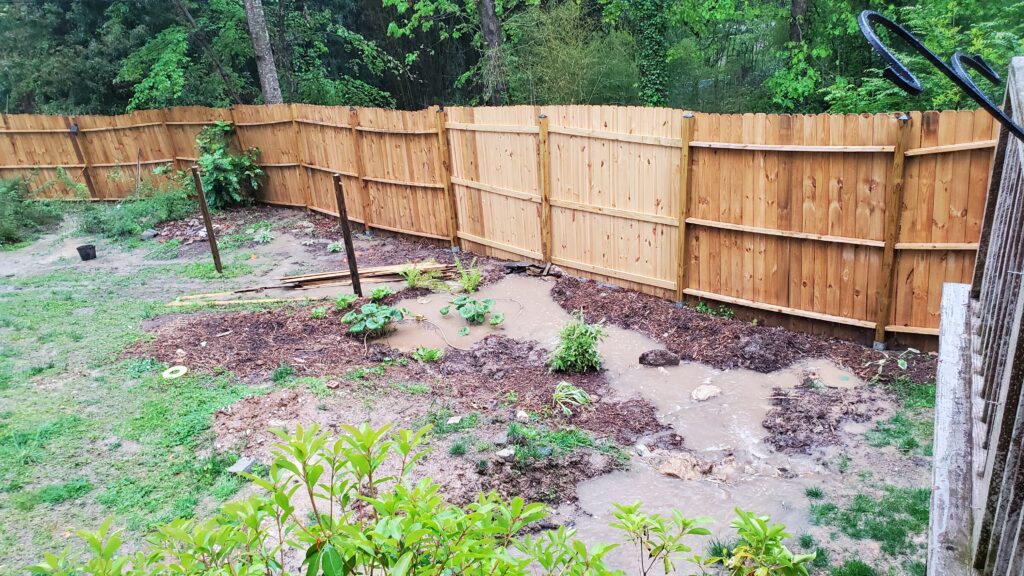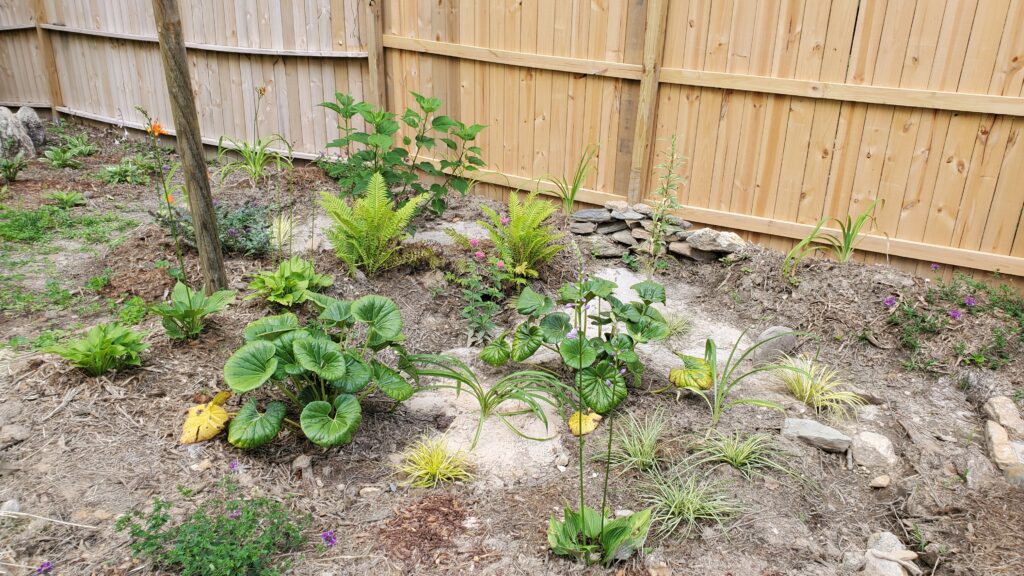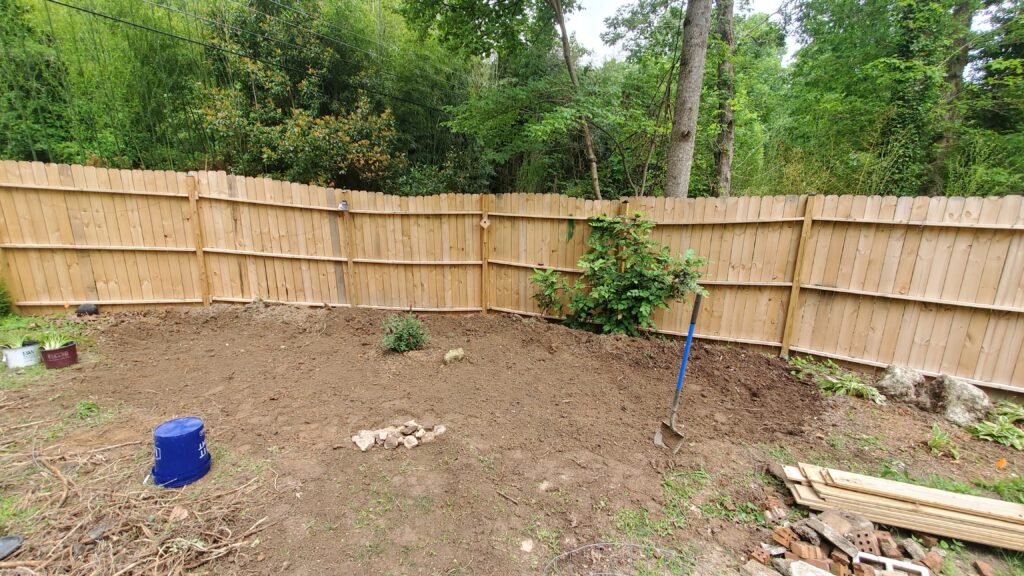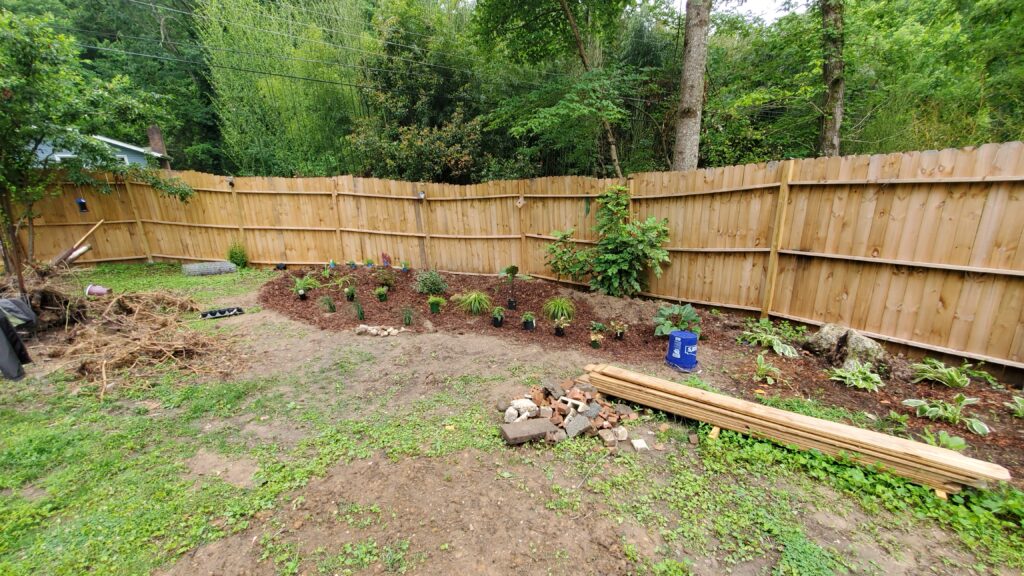Alright, you young whippersnappers, gather ’round and listen up. BG is here to talk to you about rain gardens and their effect on ground water supply. You see, I had to dig six of these darn things in my own yard and I’m not too happy about it. But as much as I hate to admit it, there are some benefits to handling drainage this way, especially when it comes to ground water.
Ground Water
First off, let’s talk about what ground water is. For those of you that are not in the know, ground water is the water that’s stored underground in the tiny spaces between rocks and soil particles. It’s an important resource that we rely on for drinking water, irrigation, and other uses. But ground water levels can be affected by a lot of different things, including droughts, pumping, and land use changes. And that’s where rain gardens come in.
Rain gardens are designed to capture rainwater and allow it to slowly filter back into the ground instead of running off into storm drains. This can help replenish ground water levels, especially in areas where the ground is dry or the water table is low. In fact, a study by the University of Connecticut found that they can increase ground water recharge by up to 35%.





But it’s not just about replenishing ground water levels. They can also help prevent pollution and improve water quality. When rainwater runs off of surfaces like rooftops, roads, and parking lots, it can pick up pollutants like oil, grease, and fertilizers. But when that water is directed into a rain garden, the plants and soil can filter out those pollutants before they reach ground water or surface water sources.
What About Maintenance?
Now, I know what you’re thinking. “But Bad Gnome, rain gardens require a lot of maintenance and they can be a hassle to install.” And you’re not wrong. I had to dig a big hole in my yard and fill it with layers of sand, gravel, and soil. And then I had to plant all sorts of fancy plants and make sure they didn’t die. But here’s the thing – they can actually save you money in the long run.
By capturing rainwater and allowing it to filter into the ground, these things can reduce the amount of water that runs off of your property and into storm drains. And that means you might not need to pay as much for stormwater management fees or sewer bills. Plus, if you choose the right plants, they can help absorb excess water and reduce the risk of flooding.
In fact, we dug one right upstream so to speak from our raised beds. This allows the water to be trapped and filtered rather than washing away the mulch around the beds.
Conclusion
Now, I’m not saying that rain gardens are a magic solution to all of our ground water problems. They won’t work in every situation and they do require some effort to install and maintain. But they’re a tool that can be used to help protect and conserve our ground water resources. And as a grumpy old gnome who has had to dig too many of these darn things myself, I can tell you that they’re worth considering.
Sources:
- “Rain Gardens – Reduce Your Stormwater (allianceforthebay.org),” Alliance for the Bay
- “Rain Gardens: A Beautiful Way to Reduce Runoff Pollution!,” University of Wisconsin Extension
- “Rain Gardens,” United States Environmental Protection Agency

Go have fun in your backyard if you have one. Even better go dig a rain garden because you should do something good for the world today.
Cheers,
Bad Gnome
#likestoshovel

Again what is it with the links?
Thanks again for letting us know. These things happen and we have taken care of the links.